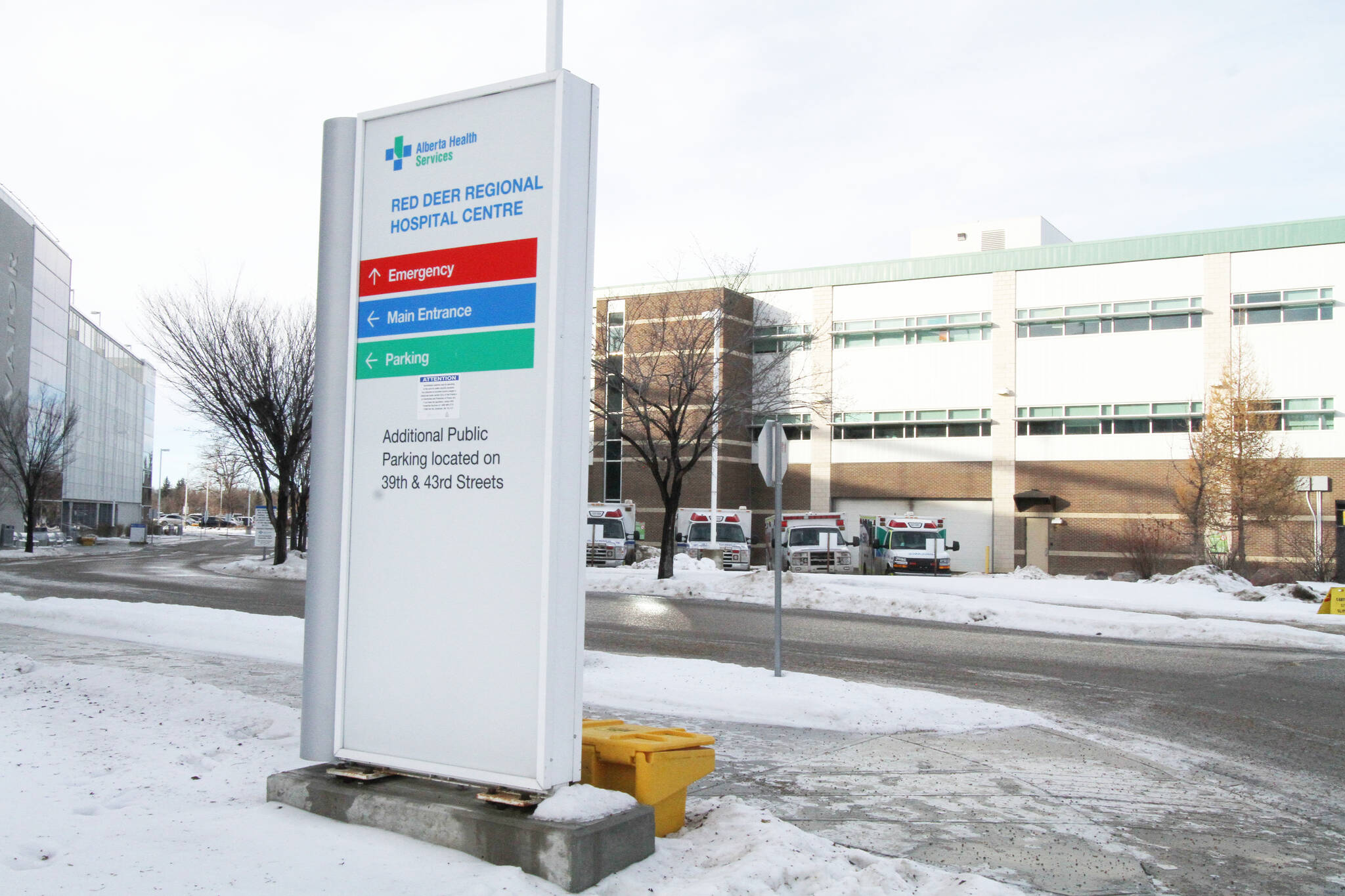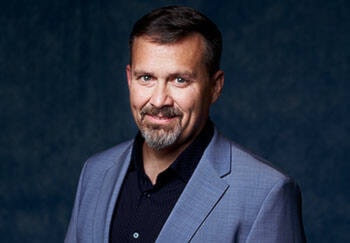Doctors are trying to figure out how to care for their patients in Red Deer’s overcrowded hospital while waiting for expansion of the facility that will take years, says the president of the Alberta Medical Association.
Dr. Paul Parks recently met with Red Deer physicians during a province-wide tour to hear local concerns and ideas.
Parks said it’s very clear more beds are needed at Red Deer Regional Hospital Centre.
“They have this huge geography in the Central Zone and they have close to half a million patients that they have to service in one hospital. So when you put it that bluntly, it’s really obvious to see why they would be struggling and why that would be really important to have that infrastructure piece,” said Parks during a press conference on Thursday halfway through his tour.
The $1.8-billion hospital project was announced two years ago and will take until 2031 to plan, design and complete construction.
He said doctors know the project will take time, but overcapacity challenges have also caused recruitment challenges.
“It’s hard for them to get some specialists to come into Red Deer because that infrastructure and capacity doesn’t currently exist.”
Related:
3 general internal medicine physicians joining Red Deer hospital
So far Parks has visited with doctors in four cities and he said hospital patients everywhere are experiencing some form of access block because of a lack of service capacity or workforce challenges.
He said the lack of specialty coverage for inpatient and emergency care is to the point where some specialty services are looking at introducing caps on the number of patients.
“They’re saying it’s just no longer safe to take more patients and to continue to operating at overcapacity.”
He has also met with family doctors who are closing their clinic doors because the current fee structure doesn’t pay their overhead costs to provide primary care. Doctors spend 20 to 40 per cent of their day doing unpaid administrative work.
“No reform of primary care is going to be possible if we can’t keep our clinics, if we don’t have our practices, if we don’t that foundation and that backbone of the system to build upon.”
He said Alberta Health seems ready and willing to roll up its sleeves and work with the AMA to improve health care.
Parks and Health Minister Adriana LaGrange recently signed a memorandum of understanding to work together on a new compensation model for family doctors.
“For the strained hospital system, some of the pressures will be alleviated through stabilizing community family medicine. Strong community-based primary physician care means fewer patients going to the hospital.”
Related:
Doctors say we need the new COVID shot. So why haven’t we heard more about it?
On Wednesday, Health Minister Adriana LaGrange said Alberta’s efforts to recruit and retain doctors are working.
According to the latest data from the College of Physicians & Surgeons of Alberta, 255 physicians have registered to practise in Alberta in the last four months and another 248 physicians and surgeons choose to remain in Alberta after completing their training.
“AHS has been able to successfully onboard 190 of those doctors to work in hospitals across the province. They have been strategically placed in both urban and rural hospitals, including communities such as Vermilion, Grande Prairie and the Crowsnest Pass,” said LaGrange in a statement.
She said the province is continuing with its Health Care Action Plan and Modernizing Alberta’s Primary Health Care System initiative.
“This work includes creating a primary health care division and an Indigenous division within the Health ministry, working toward a new payment model for family physicians, reducing the administrative burden for primary care providers and their teams, providing an initial investment of $57 million over three years to help family physicians and nurse practitioners across the province with growing patient caseloads, and implementing a nurse practitioner compensation model to add capacity to the system and help more Albertans access health care in their communities.”
szielinski@reddeeradvocate.com
Like us on Facebook and follow us on Twitter

